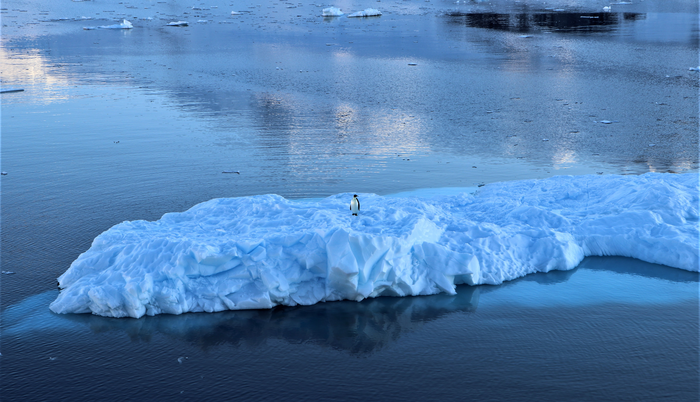Existing conservation efforts are insufficient to protect Antarctic ecosystems, and population declines are likely for 65% of the continent’s plants and wildlife by the year 2100, according to a study by Jasmine Rachael Lee at the University of Queensland, Australia, and colleagues, publishing December 22nd in the open access journal PLOS Biology. Implementing ten key threat management strategies — at an annual cost of 23 million US dollars — would benefit up to 84% of terrestrial bird, mammal, and plant groups.

Credit: Jasmine Lee (CC-BY 4.0, https://creativecommons.org/licenses/by/4.0/)
Existing conservation efforts are insufficient to protect Antarctic ecosystems, and population declines are likely for 65% of the continent’s plants and wildlife by the year 2100, according to a study by Jasmine Rachael Lee at the University of Queensland, Australia, and colleagues, publishing December 22nd in the open access journal PLOS Biology. Implementing ten key threat management strategies — at an annual cost of 23 million US dollars — would benefit up to 84% of terrestrial bird, mammal, and plant groups.
To better understand which species are most vulnerable and identify the most cost-effective actions, researchers combined expert assessments with scientific data to evaluate threats and conservation strategies for Antarctica. They asked 29 experts to define possible management strategies, estimate their cost and feasibility, and assess the potential benefit to different species between now and 2100.
Climate change was identified as the most serious threat to Antarctic biodiversity and influencing global policy to limit warming was the most beneficial conservation strategy. Under current management strategies and more than 2 degrees Celsius of warming, 65% of land plants and animals will decline by 2100. Emperor penguins (Aptenodytes forsteri) were identified as the most vulnerable, followed by other sea birds and soil nematode worms. However, regional management strategies could benefit up to 74% of plants and animals at an estimated cost of 1.92 billion US dollars over the next 83 years, equating to 0.004% of global GDP in 2019. The regional management strategies identified as offering the greatest return on investment were minimizing the impacts of human activities, improving the planning and management of new infrastructure projects, and improving transport management.
As Antarctica faces increasing pressure from climate change and human activities, a combination of regional and global conservation efforts is needed to preserve Antarctic biodiversity and ecosystem services for future generations, the authors say.
Lee adds, “What this work shows is that climate change is the greatest threat to Antarctic species and what we need is global mitigation efforts to save them. This will not only help to secure their future, but also our own.”
#####
In your coverage, please use this URL to provide access to the freely available paper in PLOS Biology: http://journals.plos.org/plosbiology/article?id=10.1371/journal.pbio.3001921
#####
In your coverage, please use this URL to provide access to the freely available paper in PLOS Biology: http://journals.plos.org/plosbiology/article?id=10.1371/journal.pbio.3001921
Citation: Lee JR, Terauds A, Carwardine J, Shaw JD, Fuller RA, Possingham HP, et al. (2022) Threat management priorities for conserving Antarctic biodiversity. PLoS Biol 20(12): e3001921. https://doi.org/10.1371/journal.pbio.3001921
Author Countries: Australia, United Kingdom, United States, South Africa, New Zealand, France, Denmark, Norway, Switzerland, Belgium
Funding: see manuscript
Journal
PLoS Biology
DOI
10.1371/journal.pbio.3001921
Subject of Research
Not applicable
COI Statement
Competing interests: The authors have declared that no competing interests exist.




